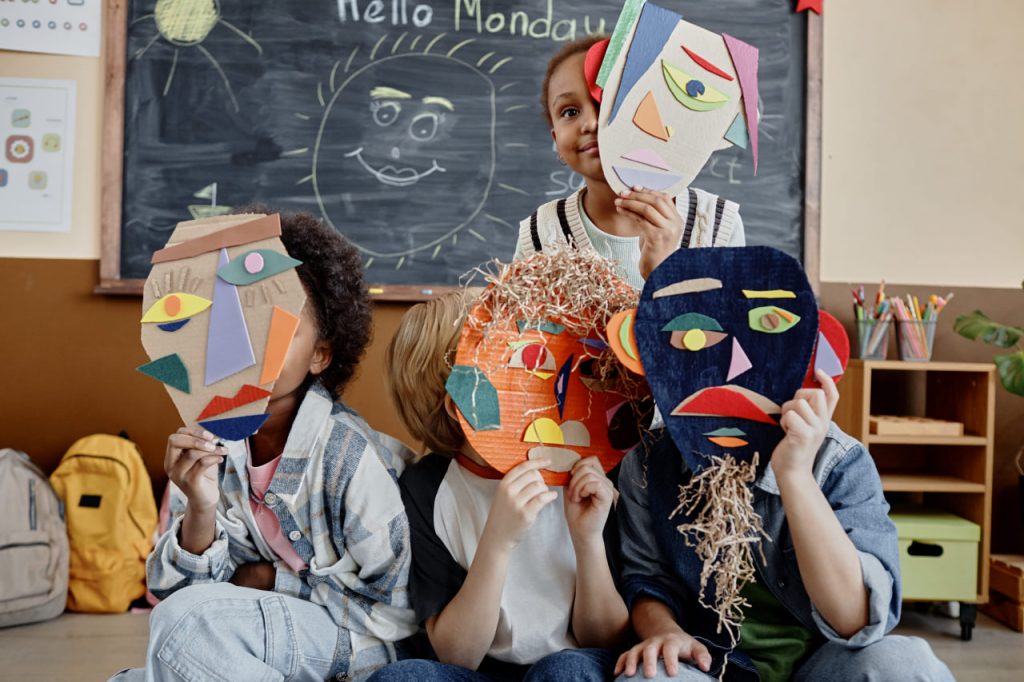The art of festival mask making is a captivating blend of tradition, craftsmanship, and innovation. Across cultures, artisans have developed a wide array of materials and techniques suited to their environment, cultural needs, and aesthetic preferences. Understanding these materials and methods not only enhances your skill as a mask maker but also deepens your appreciation for the cultural significance behind each creation.
In many parts of the world, natural materials remain the foundation of mask making. Wood is one of the most common mediums — its versatility and availability make it ideal for carving intricate designs. African masks, for example, often feature carefully carved wood, adorned with pigments made from natural earth and plants, while feathers, beads, and shells add layers of symbolism and texture.
Papier-mâché is another traditional material, popular in regions such as Latin America and Europe. Lightweight and easy to mold, papier-mâché allows for elaborate shapes and expressive details. Venetian Carnival masks famously use papier-mâché combined with delicate gilding and paintwork to create their iconic ornate designs.
Cloth and leather are also utilized in many traditions. In some Asian cultures, masks made of lacquered wood or layered fabric are worn during theatrical performances or religious festivals. The flexibility of cloth allows artisans to experiment with form and movement, creating masks that come alive with the wearer’s expressions.
Modern mask makers often blend these traditional materials with contemporary ones — such as recycled plastics, metal, or synthetic fibers — bringing innovation and sustainability into their practice. This fusion opens new creative possibilities, allowing for unique textures, durability, and visual impact.
Techniques vary widely, from carving and sculpting to molding, painting, and decorating with natural elements. Learning these techniques requires patience and respect for the artisan’s craft. In our Festival Mask Workshop, you will explore these methods hands-on, gaining the skills to create masks that honor cultural traditions while encouraging your individual style.
By mastering both traditional and modern approaches, you contribute to the living history of festival masks — preserving ancient legacies while shaping their future.

